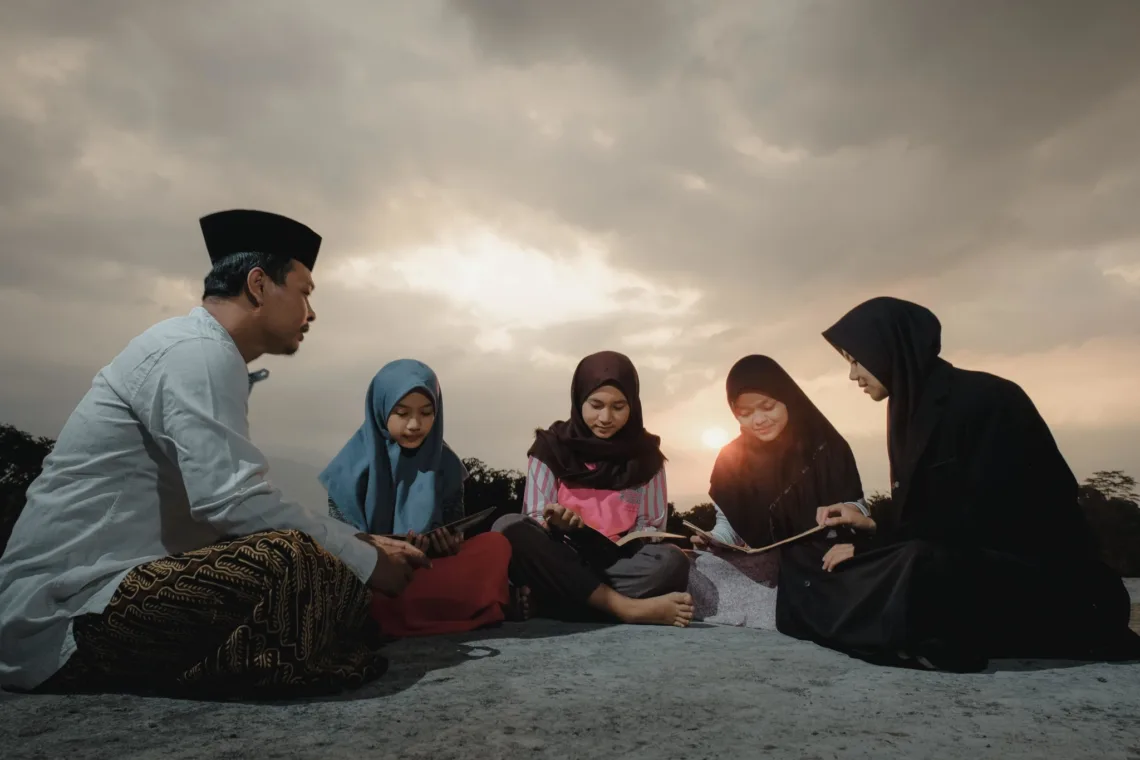In a new report, researchers have concluded that the Norwegian media’s coverage during the pandemic was discriminatory towards immigrants.
The report was written by researchers Cristina Archetti (UiO), who is professor of journalism and political communication at the Department of Media and Communication along with Banafsheh Ranji (NTNU), who has a post doctorate degree in sociology.
The study, “Media representation of immigrants and its impact on integration”, focuses on how Norwegian journalism’s way of representing immigrants during the covid pandemic affected the immigrants’ everyday lives.
According to the researchers, the main finding was that a large proportion of articles had a stigmatising and discriminatory tone towards people with an immigrant background, writes Utrop.
Aftenposten is singled out as one of the worst, where the word “immigrant contagion” is said to have been particularly bad for sensitive immigrants.
We see that this is constant in the way minorities are mentioned. The stigmatisation also occurred in an implicit way, especially with references to the immigrants’ culture, religion and the conditions in their country of origin, being used as a reason for higher infection rates. The importance of culture in particular was highlighted, with immigrants being portrayed as a group without their own control mechanisms in a crisis situation. The researchers said, who also add:
The culture was also portrayed in such a way that it could have negative consequences for the rest of society and that state intervention was the right tool.
Archetti, who is himself Italian and has family in the UK, also followed the pandemic coverage in the two countries and compared them with Norway.
The cases that were written about immigrants were, especially at the beginning of the pandemic, about the racism that people with a background from East Asia faced. I see that in Norway there was a special focus on immigrants and their infection situation throughout. No other country in Europe used the term “import contagion” as much as the Norwegian press. In Italy and Great Britain the word was barely mentioned, in Italy, family background was not mentioned either, in contrast to Norway. In other countries, their original nationality was mentioned, she says.
The researchers have looked at 320 articles, ranging from news items to commentaries in various national media.
We linked the articles to the search terms “Norwegian-born”, “foreign-born” and “import infection”. We found that 240 of these were specifically about the pandemic, and analysed articles in VG, Aftenposten and Klassekampen, says Ranji.
According to the researchers, immigrants themselves should not have been surprised by the findings.
People were not at all surprised by the way they were mentioned. For them, such media coverage was something they saw as systemic and “ordinary”. People were aware that dividing lines and contradictions in society could become greater during a crisis situation such as a pandemic. Several stated “now we get the blame again”, says Archetti.
Throughout the study, the researchers request that journalists cover new crises with more “caution and consideration”.
Actually, we see that the portrayal of minority groups is the same in a situation without a crisis. Being able to see the review through “immigrant eyes” will be helpful. No matter how many journalists with a minority background are recruited, it is most important to get minority views into newsrooms where the majority have a majority background, concludes Archetti.

